Should Your Retirement Include Continuing to Work? Only If Health and Longevity Are Important.
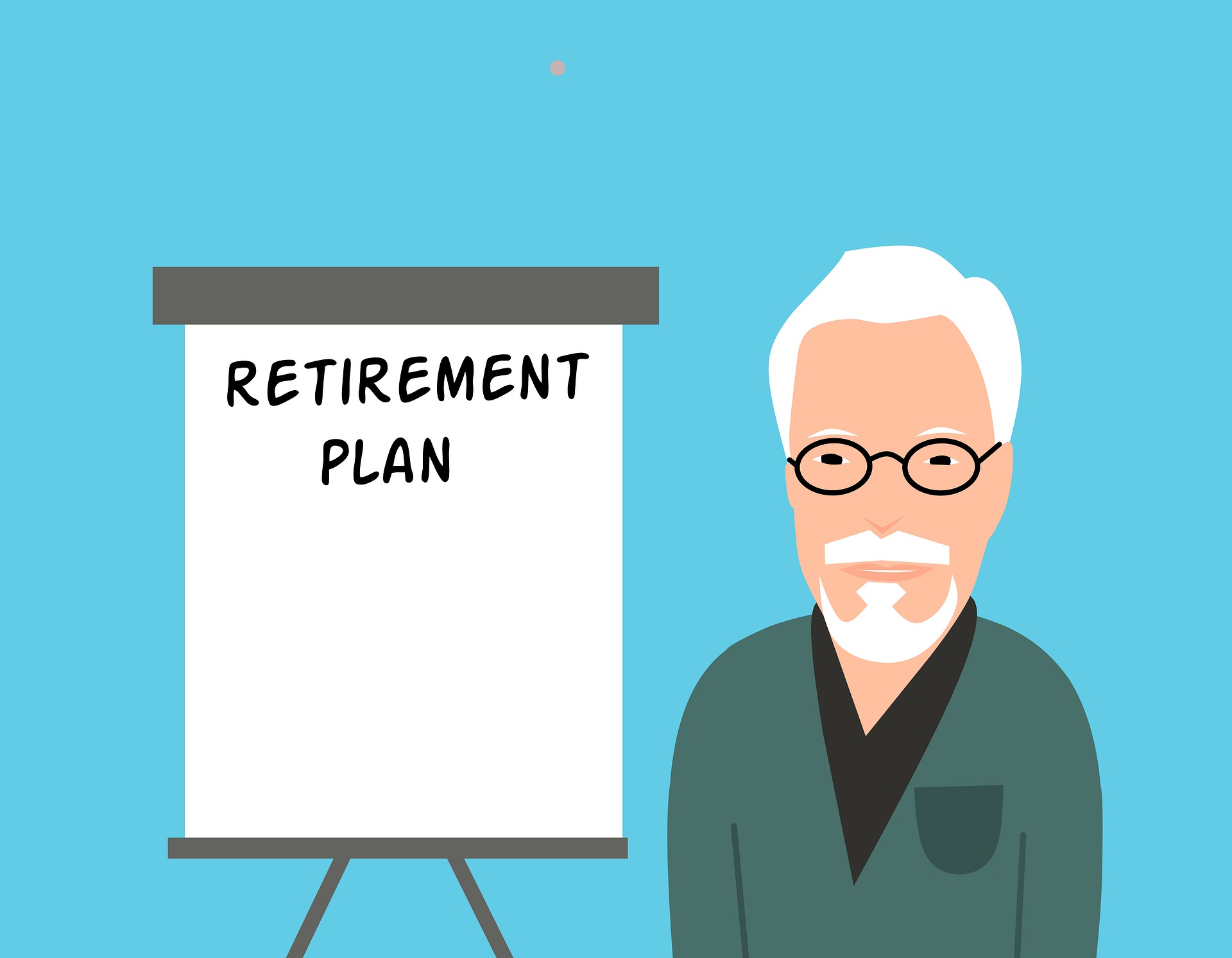
Working during retirement. Hmm. Isn’t that an anachronism?
Retire, by definition, means to “retreat” or “seek a place of security and seclusion” or, as my Merriam-Webster dictionary defines it, “withdraw from use or service.”
Who wants to be useless?
Fewer and fewer are buying it.
It turns out working during retirement has been trending up steadily for some time.
Few centenarians didn’t work until they couldn’t.
For decades now, we’ve been drinking the financial services industry Koolaid that sold us the idea that we’ve earned the opportunity to finish out in rest and relaxation. But the lights have come on and exposed this vocation-to-vacation, labor-to-leisure plan as a bit of a Trojan horse that leads people into a lifestyle that is not conducive to living a full, meaningful, healthy life.
A 2017 Rand Corp study confirmed that “return to work” by retirees is a definite trend:
- 39 percent of Americans 65 and older who are currently employed had previously retired.
- More than half of those 50 and older who are not working and not searching for work said they would work if the right opportunity came along
Chris Farrell, author and senior economics contributor for public radio, has been researching and writing about this topic for a few years. He authored a book entitled “Unretirement: How Baby Boomers Are Changing the Way We Think About Work, Community, and the Good Life” (paid link)
Farrell determined that what retirees miss most about their pre-retirement life is colleagues. In his book, he states:
“What’s constantly underestimated is that work is really a community. It turns out it’s much healthier and more satisfying to work for a bad boss than to sit on the couch and watch TV.”
This return-to-work is not always about needing the money, although it is a factor for many. The unfortunate reality is that most Americans are not financially prepared to enter a full-stop retirement and not generate some level of income. But even those who may not need the money find personal satisfaction in earning a paycheck doing something of value to others and society in general. And they appreciate the serendipity effect of knowing that continuing to earn an income stretches their retirement savings and reduces the stress of worrying about outliving their money.
I remain convinced that building work into one’s life plans for the “retirement years” is essential to living longer and healthier. Be it volunteer, for-pay, part-time, or full-time, work brings socialization, structure, meaning, purpose, a reason to get up in the morning.
And it obeys the basic rule of our biology – we either grow or we decay.
Work=useful=growth.
A full-stop, leisure-based retirement draws us away from those important life components.
Aware boomers, pre-boomers, and early GenXers are not excited about heading for the park bench or the lifestyle of retirees from previous generations.
Unretirement is here to stay and growing. As a career transition and retirement coach, I hear the stories of retirees who are unsettled and unhappy in their much-anticipated retired life. And I feel the angst of those approaching retirement age who express concerns about boredom, about leaving a legacy, about wanting to have meaning for the final chapters.
It’s a promising trend as we begin to realize that the talents, skills, and experiences of the 10,000 mid-lifers who are reaching 65 every day are terrible things to allow to go to waste pursuing a concept that has long outlived its usefulness.
What are your thoughts about “work in retirement.? We’d love to have your feedback. Drop down and leave a comment or email gary@makeagingwork.com. If you haven’t joined our reader list, visit www.makeagingwork.com, share your email address, and receive a new article every Monday. It’s all free, including the e-book we send when you join the list: “Achieve Your Full-life Potential: Five Easy Steps to Living Longer, Healthier, and With More Purpose.”

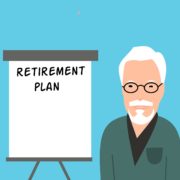
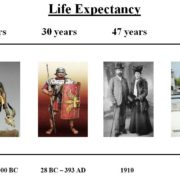
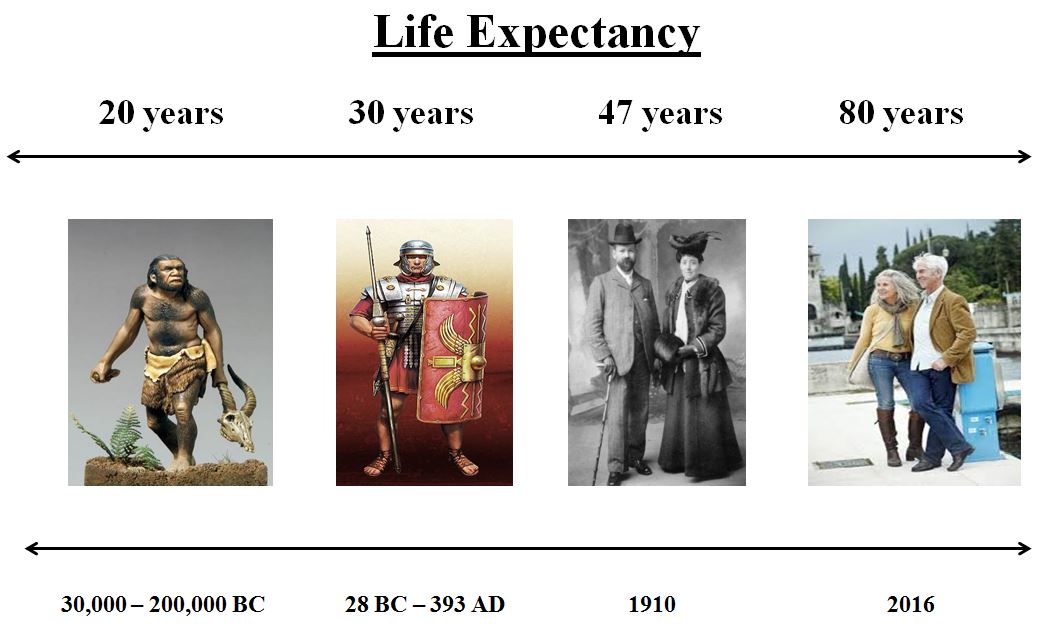
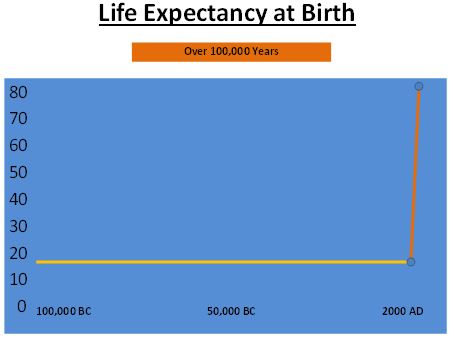
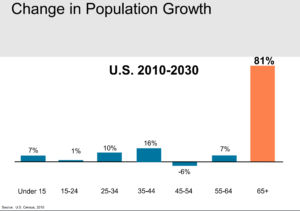
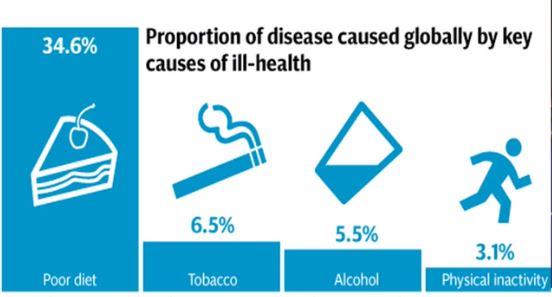 It’s simple in concept, tough in practice. But we know moving to a Whole-Food-Plant-Based diet and away from Calorie-Rich-and-Processed will slow the slope.
It’s simple in concept, tough in practice. But we know moving to a Whole-Food-Plant-Based diet and away from Calorie-Rich-and-Processed will slow the slope.



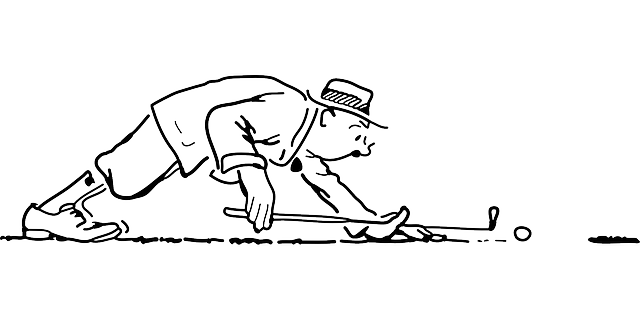



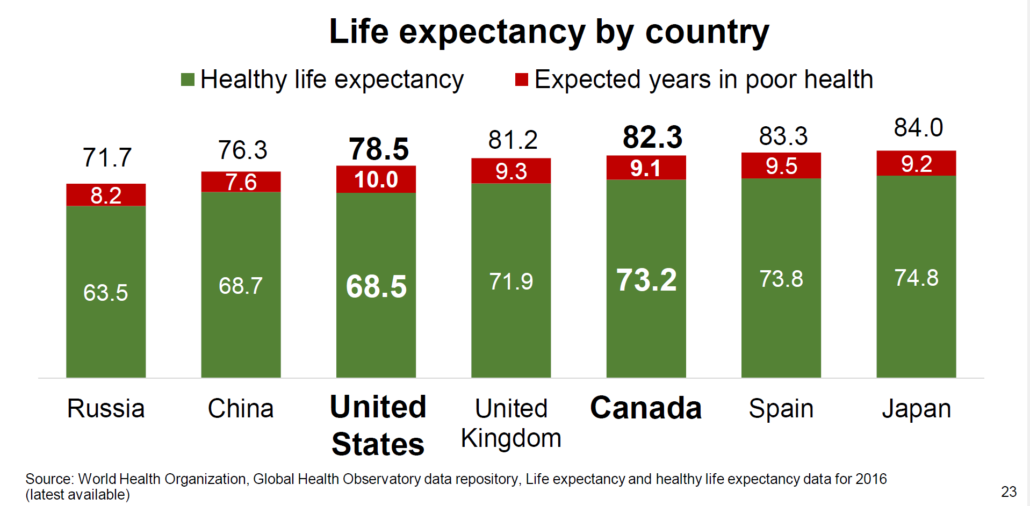
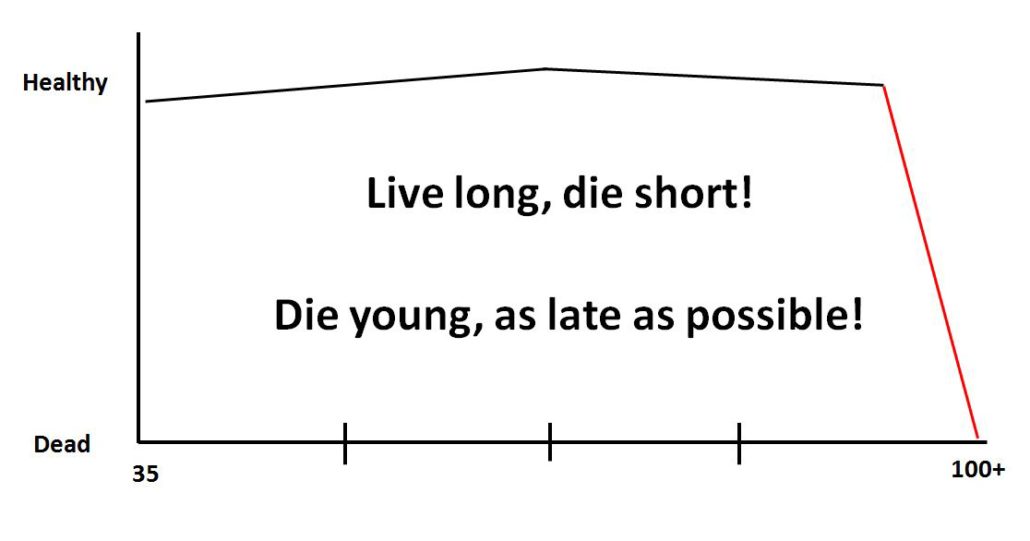


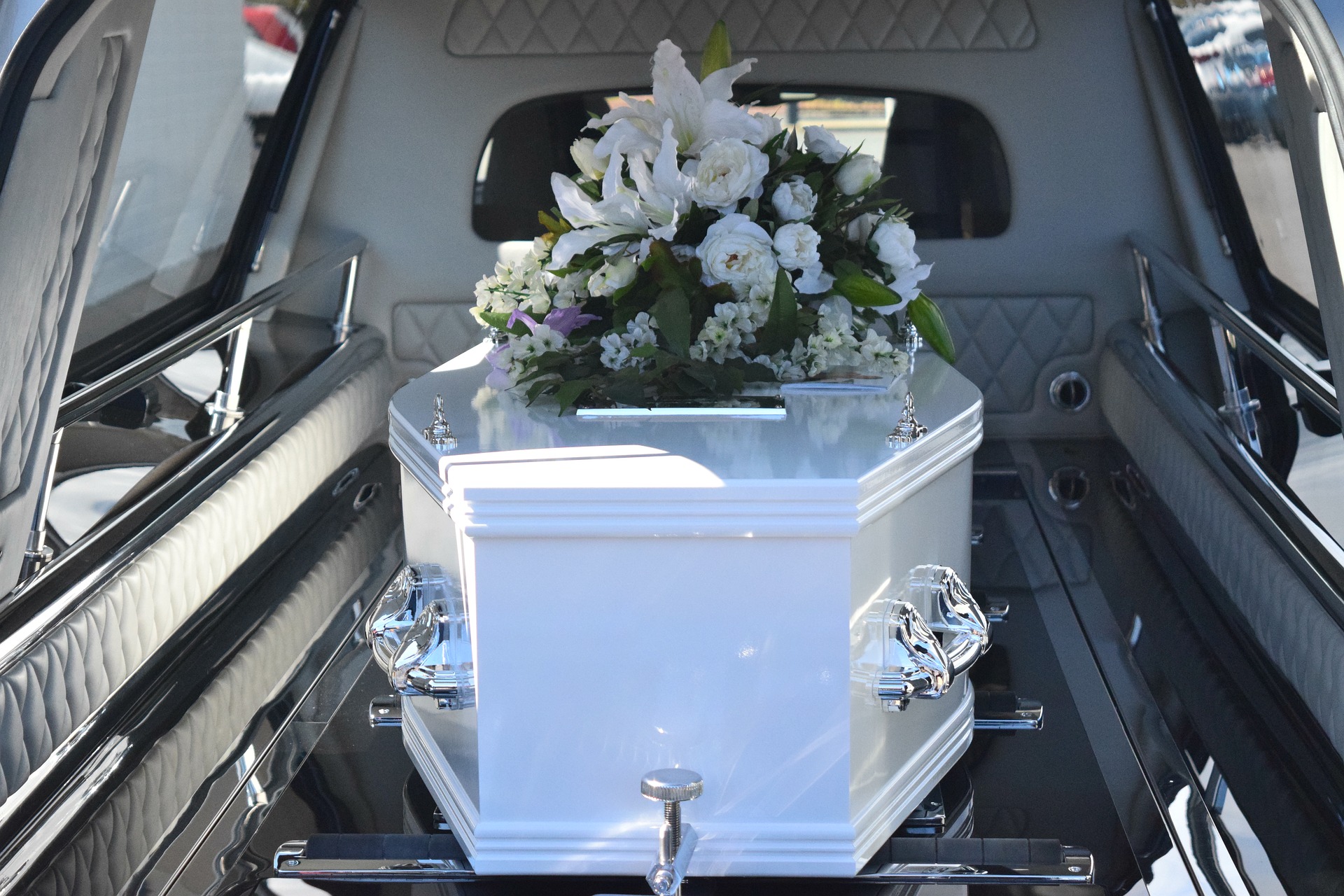
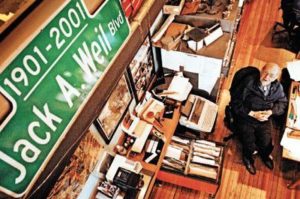
 George Burns was guilty of some really fabulous quotes, most of them quite funny, some deadly serious. Many had to do with his advancing age (he died in 1996 at age 100). Here are a few:
George Burns was guilty of some really fabulous quotes, most of them quite funny, some deadly serious. Many had to do with his advancing age (he died in 1996 at age 100). Here are a few:



